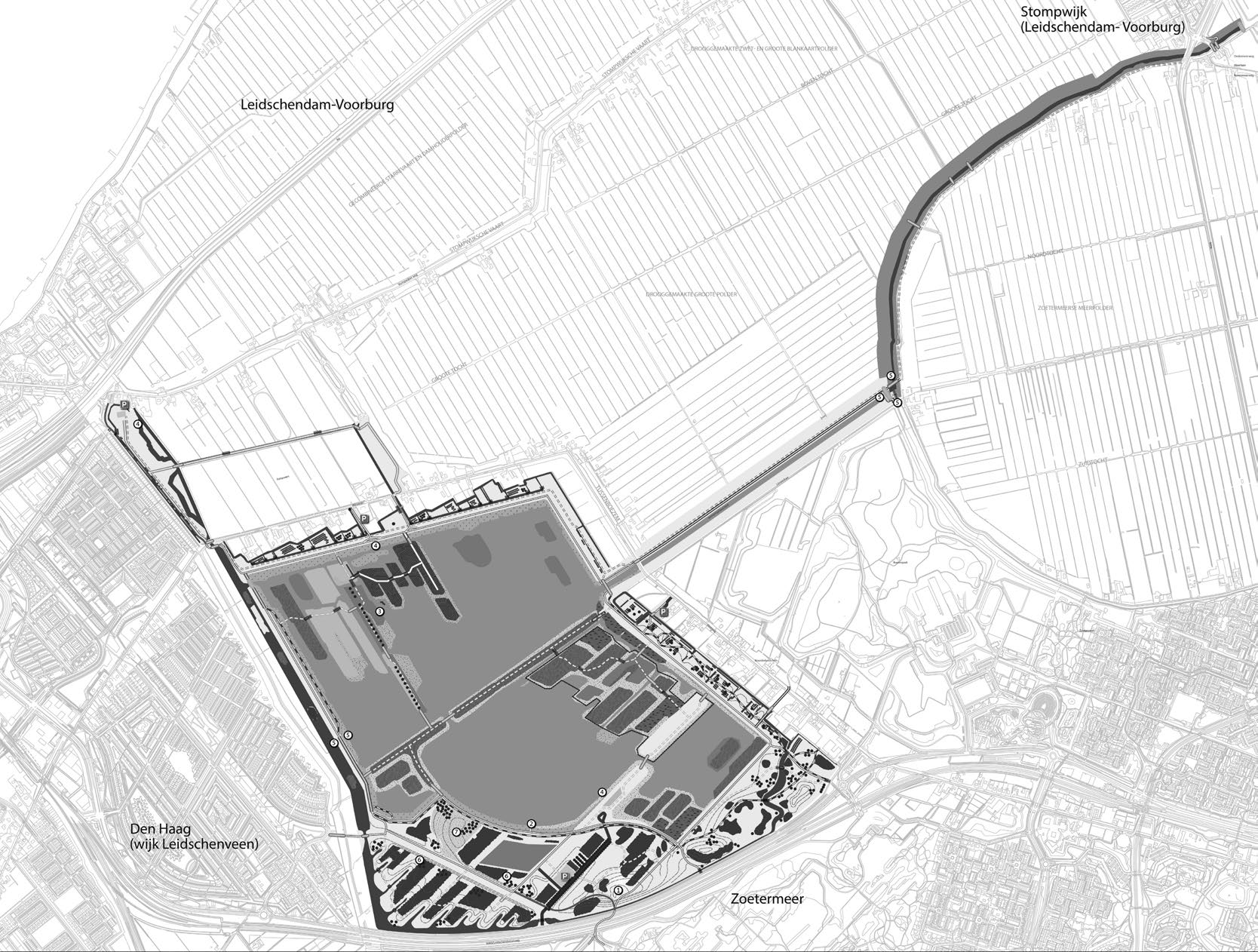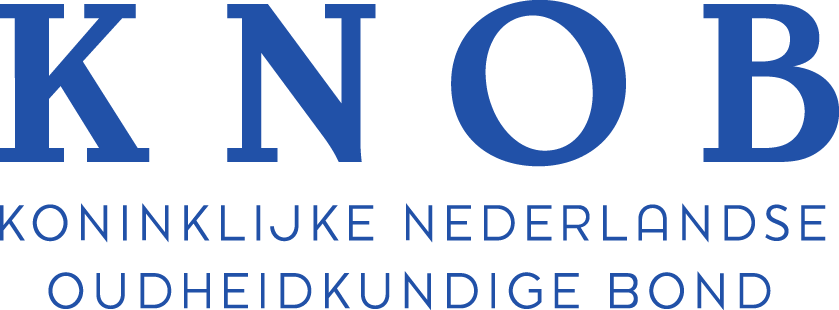Downloads
Abstract
W.H. Hoekwater’s Polderkaart van de landen tusschen Maas en IJ (Polder map of the lands between Maas and IJ) (p. 46) is a compelling illustrationof just how complex and artificial the watersystem in this part of the Netherlands was around 1900. It was the outcome of centuries of human interventions in the delta aimed at improving drainage, increasing flood protection and facilitating growing economic prosperity. One the defining features of deltas is their dynamic nature: changes in the ‘natural’ system and in society prompt continuous adjustments to the water system. This is clearly explained in the article ‘Water system and urban form in Holland. A survey in maps: 1575, 1680, 1900 and 2015’, in a historical analysis of the period 1575–2015. This article builds on that and looks forward to the future of the urban delta. What challenges does the delta have in store that will force us, once again, to adjust the water system? And what are the implications of that for the appearance of the delta in 2100 and for the organisation of water management?
How to Cite
Published
Issue
Section
License
Copyright (c) 2021 Niels Al

This work is licensed under a Creative Commons Attribution 4.0 International License.




